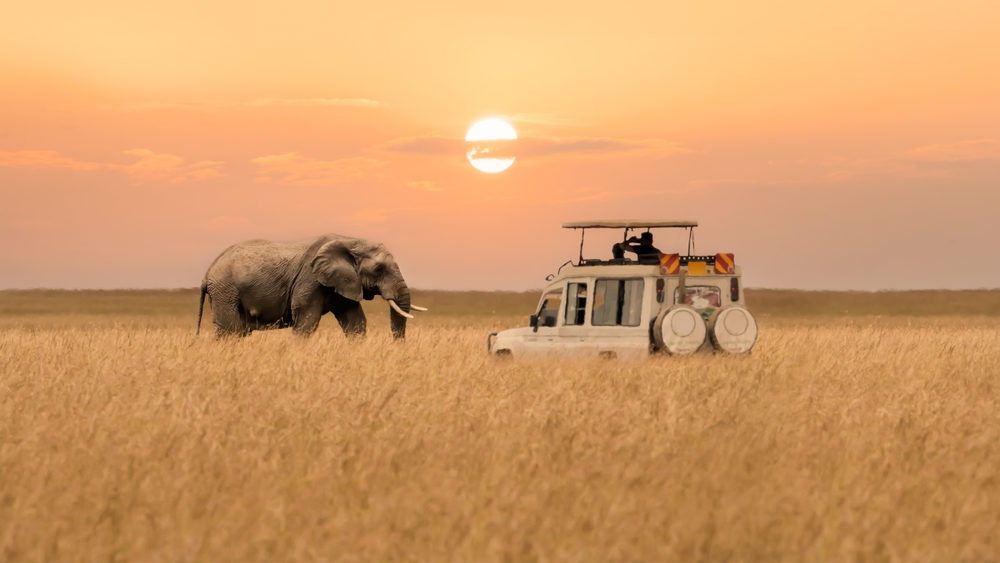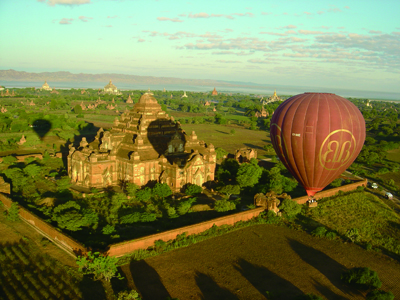
Bagan, Myanmar
What’s so special? Nestled on the banks of the Irrawaddy River in central Myanmar, intriguing Bagan is home to the world’s largest and densest concentration of Buddhist temples, pagodas, stupas and other significant ruins dating from between the 9th and the 13th centuries. In short, mysterious Bagan is one of the most astonishing archaeological sites on the planet.
For groups Bagan’s temples are largely strewn across a pancake-flat plain, making cycling the best way to explore, and two-wheel group tours might last from just a few hours to several days, and provide ample opportunities to encounter local village life. A lazier but equally adventurous temple experience can be enjoyed by flying over in hot-air balloons. Two main operators fly over Bagan, catering to up to 16 persons per basket. Flying season is between October and March.

Chiang Mai, Thailand
What’s so special? Northern Thailand’s largest city, laidback Chiang Mai is an alluring blend of the traditional and the modern, and a popular hub for trekking tours to local hill-tribe villages. The old section of the city possesses a traditional ambience that Bangkok lost decades ago, and is home to quirky galleries, handicraft workshops and bohemian cafes. What’s more, Chiang Mai is significantly greener and cooler than the frenetic capital and is easily navigable on foot.
For groups Though most groups to Chiang Mai explore the surrounding rainforest via organised jungle-hiking trips, white-water rafting and kayaking are increasingly popular, with riverside camping. Furthermore, Thai is arguably now the world’s favourite cuisine, and Chiang Mai is a great place to teambuild by learning to rustle up spicy tom yam soup, green chicken curry and mango with sticky rice. Many of Chiang Mai’s best cookery classes are held at dedicated schools boasting their own organic farms and orchards.
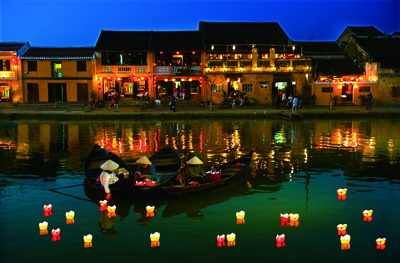
Quang Nam, Vietnam
What’s so special? Located halfway between the whirlwind-paced metropolises of Hanoi in the north of Vietnam and Ho Chi Minh in the south, Quang Nam is a picturesque province that’s rich in diversity, offering sun-bleached beaches and craggy mountains, designer resorts and ancient relics, moped-mad cities and a halcyon rural hinterland. The petite city of Hôi An – which translates as “peaceful meeting place” – is a well-preserved example of a Southeast Asian trading port from the 15th century.
For groups For the culturally inclined, the Kingdom of Cham temple complex at M˜y So’n dates to between the 4th and 14th centuries and enjoys an enchanting setting in a verdant jungle valley. Those of a more adventurous nature might choose to explore the Cham Islands that lie nine nautical miles offshore and offer excellent hiking, swimming and snorkelling. The Marine Biosphere Reserve status of the islands mean sustainable tour and accommodation options are somewhat limited.
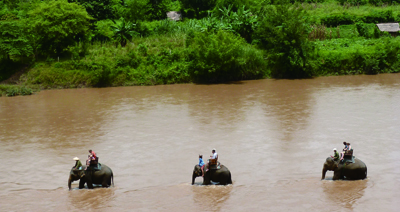
Luang Prabang, Laos
What’s so special? Centred on a slender finger of land where the Nam Khan River feeds into the Mekong, the compact and languorous city of Luang Prabang was deemed a Unesco World Heritage Site in 1995 for its “unique, remarkably well-preserved townscape” that blends traditional Buddhist mores with graceful French colonial architecture. Mekong cruises are the favourite excursion here, with many stopping off at the riverside Pak Ou Caves that date back millennia and house some 4,000 miniature Buddhist sculptures.
For groups The group activity for which Luang Prabang is most famous is one to watch rather than one to take part in: with every misty dawn, hundreds of orange-clad monks gently pad along banyan-lined byways for the daily collection of alms. That incredible photo opportunity is over by 7am, leaving the day free for a group hill-tribe safari to villages of the Yuan, Hmong and Khmu ethnic minorities, there to learn of their time-worn traditions, or an elephant safari along the river from the nearby Elephant Village – a sanctuary established to rescue endangered pachyderms from abusive working environments.
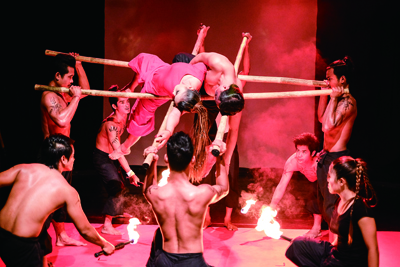
Siem Reap, Cambodia
What’s so special? Entry point for the magnificent 12th-century temples of Angkor, Siem Reap was long viewed as a one-hit wonder (especially unfair considering its main attraction is a bona fide “wonder of the world”). Recent years, however, have seen the bustling riverside town flourish as a destination in its own right, boasting a multitude of frangipani-fringed boutique resorts, world-class dining, fun-packed nightlife, a thriving arts scene and Southeast Asia’s largest and longest-running international photography festival.
For groups Visitors to Siem Reap are increasingly staying longer to benefit from first-rate opportunities in golf, yoga, cookery, cycling, motorcycling and more. The award-winning Angkor Golf Resort features a challenging 18-hole course designed by British golfing legend Nick Faldo. And for a group outing that’s out of the ordinary, Phare the Cambodian Circus is a homegrown and youthful – if slightly ramshackle – big-top extravaganza of juggling, acrobatics, contortionists, wire walking, music, dance and clowns. Performances are held daily.


